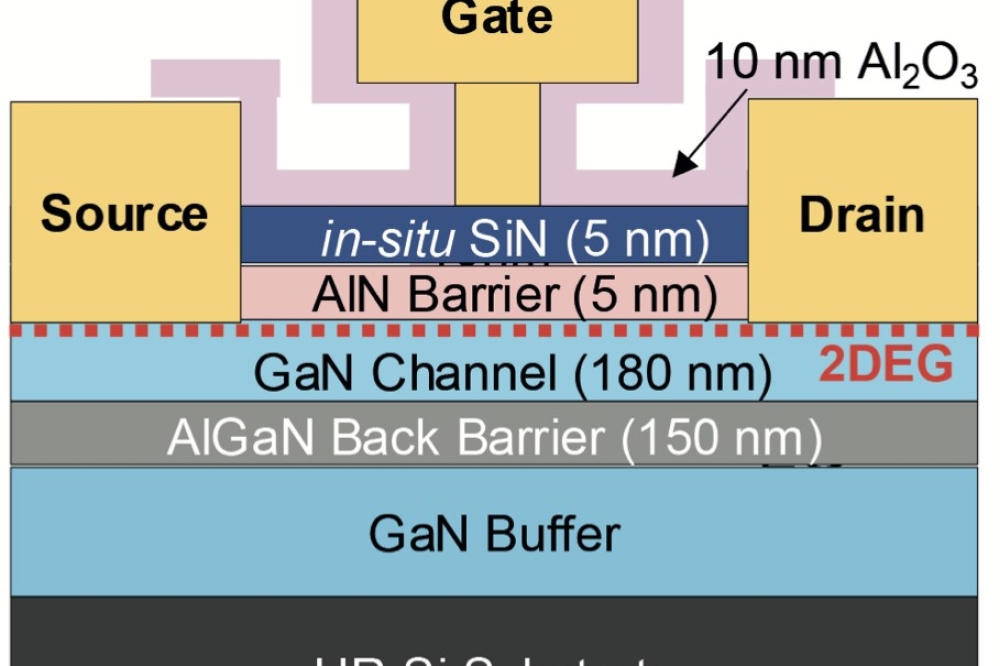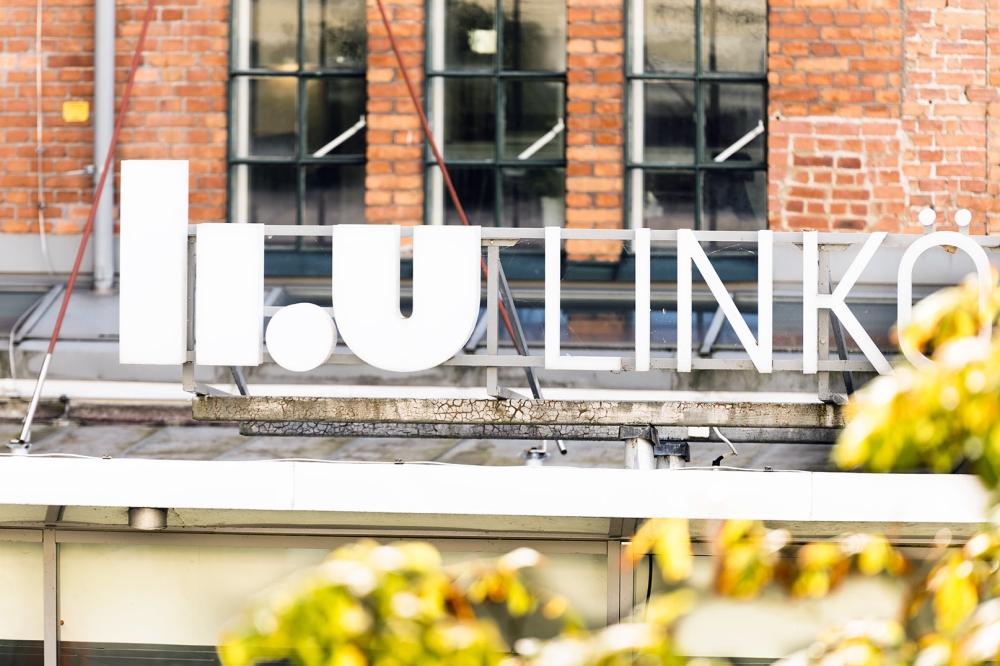imec presents 896 Gb/s silicon photonics transceiver at OFC 2017

The bi-directional silicon photonics transceiver combines dense arrays of 56Gb/s Germanium-Silicon (GeSi) electro-absorption modulators (EAMs) and GeSi waveguide photodetectors (PDs) (16 GeSi EAMs and 16 GeSi PDs) implemented with a 100µm channel pitch on a single silicon chip and interfaced with a multi-core fibre. Both the EAM and PD devices are realized in a single GeSi epitaxial growth step, to enable a simple fabrication scheme.
The chip co-integrates optical power splitters to feed a single laser source to the transmitter channels, and a dense array of fibre grating couplers to interface with a pitch reducing optical fibre array (PROFA), provided and packaged by Chiral Photonics.
"We obtained clear and wide open eye diagrams at 56Gb/s non-return-to-zero on-off keying (NRZ-OOK) data rate, for all EAM and PD channels tested in a loop-back transmission experiment," said Joris Van Campenhout, director of the Optical I/O R&D program at imec. "These results clearly show the potential to realize ultra-compact multi-channel optical transceivers in imec's 50G silicon photonics platform, targeting future Tb/s-scale interconnects."
The GeSi EAM and PD components are available for evaluation by companies and academia through imec's silicon photonics prototyping service and the iSiPP50G multi-project wafer (MPW) service provided by Europractice.
The iSiPP50G platform includes a validated passive and active device library, which is supported by photonic design software solutions from multiple EDA vendors, including Synopsys, Luceda Photonics and Lumerical in current or upcoming releases.


































